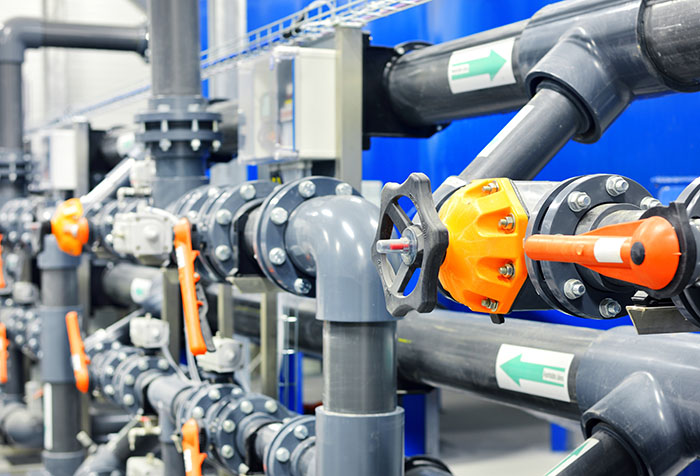GENERAL
Scrubber technology is considered and designed to: absorb and adsorb harmful substances; cool gases; condense vapours; and even separate dust particulates, if present. The main common assemblies used are either Chemical Aborption; Biological Oxidation; or Adsorption. Depending on the problem at hand, it is even common for a combined system to be designed depending on the off-gas stream to be treated.



TECH BRIEF
Chemical Scrubbers are used as high efficient removal applications. The gas stream is absorbed by dissolving the pollutant into the scrubbing liquid, then the correct scrubbing liquid, concentration and quality are used to target the particular pollutant. The setup is a counter-flow direction flow of gas stream versus scrubbing liquid.
Activated Carbon Scrubbers are typically used in processes which generate emissions of high levels of volatile organic compounds (VOCs), odours, Mercaptans, and sulfurous compounds such as H2S (Hydrogen Sulfide). The critical aspect of adsorption technology is the temperature of the incoming exhaust stream and humidity/moisture levels. This form of scrubbing is commonly used in food manufacturing and water treatment facilities

APPLIATIONS
The following table categorises which Scrubber is suitable for the common compounds to be treated:
|
Dry Scrubbing Contaminants |
Wet Scrubber Contaminants |
|
SO2 – Sulfur dioxide |
SO2 – Sulphur dioxide |
|
NH3 – Ammonia (low concentrations) Amines |
SO3 – Sulphur trioxide |
|
H2S – Hydrogen sulfide |
H2S – Hydrogen sulfide |
|
Sulfurous components |
HBr – Hydrogen bromide HCN – Formonitrile HNO3 – Nitric Acid |
|
CCl4 – Carbon tetrachloride |
CO2 – Carbon dioxide |
|
Hg – Mercury |
CO – Carbon monoxide |
|
HF – Hydrofluoric acid |
HF – Hydrofluoric acid |
|
VOCs – Volatile organic compounds |
NH3 – Ammonia Amines |
|
CO2 – Carbon dioxide |
HCl – Hydrochloric acid |
|
Odorous compounds |
Cl2 – Chlorine F2 – Difluorine Br2 – Bromine Dibromine |
|
Aromatics |
Odorous compounds |
|
Mercaptans |
VOCs – Volatile organic compounds |
